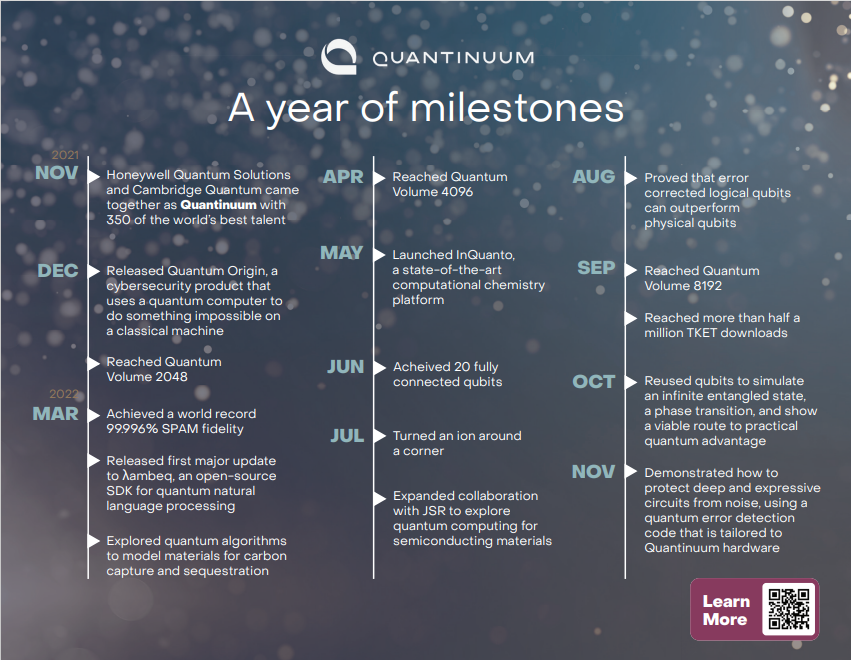If you‚Äôre a software developer, the best way to show your work is to post your code on . The site serves as a host for code repositories and a tool for software version control. It‚Äôs a straightforward and popular way for developers to share code, collaborate and spread the word about new languages and technical projects. Community members can download code, contribute to open source software projects, or develop their own projects.Ã˝
“π…´÷±≤• has used this open platform to make it easier for developers and everyone in the quantum ecosystem to understand the performance of the company‚Äôs H-Series quantum computers. The team posts to GitHub characterization data of System Model H1 quantum computer performance and also benchmarking data on Quantum Volume.
The “π…´÷±≤• team prioritizes transparency and published the data behind the System Model H1 data sheets in a publicly available place to back up performance claims with data. Anyone who is curious about how the hardware team achieved 32,768 quantum volume in February can . This repository contains the raw data along with the analysis code.
Charlie Baldwin, a lead physicist at “π…´÷±≤•, said the GitHub postings make it easy to understand how the hardware team measures errors.
“Algorithm developers and anyone interested in quantum computing also can use the data to verify our stated error rates,” he said. “Both the single- and two-qubit error rates are among the lowest--if not the lowest--available on a commercial system.”
The publicly available data from “π…´÷±≤•‚Äôs H-Series, Powered by Honeywell, is the most comprehensive set shared by a quantum computing company, as it includes circuits, raw data, gate counts and error rates. “π…´÷±≤• shares this data for users who need to understand exactly what a quantum computer‚Äôs performance metrics represent when they are analyzing or publishing their results. Posting the verification data for any performance metric is a best practice of how quantum hardware providers can promote more transparency in the performance of their hardware.
The team also has posted data sheets for the System Model H1 and for the System Model H1 Emulator on the company website. The System Model H1 is a generation of quantum computers based on ions trapped in a single linear geometry. Currently the “π…´÷±≤• H1-1 and H1-2 are available to customers. Many Fortune 500 companies use the System Model H1 for quantum research and development.




